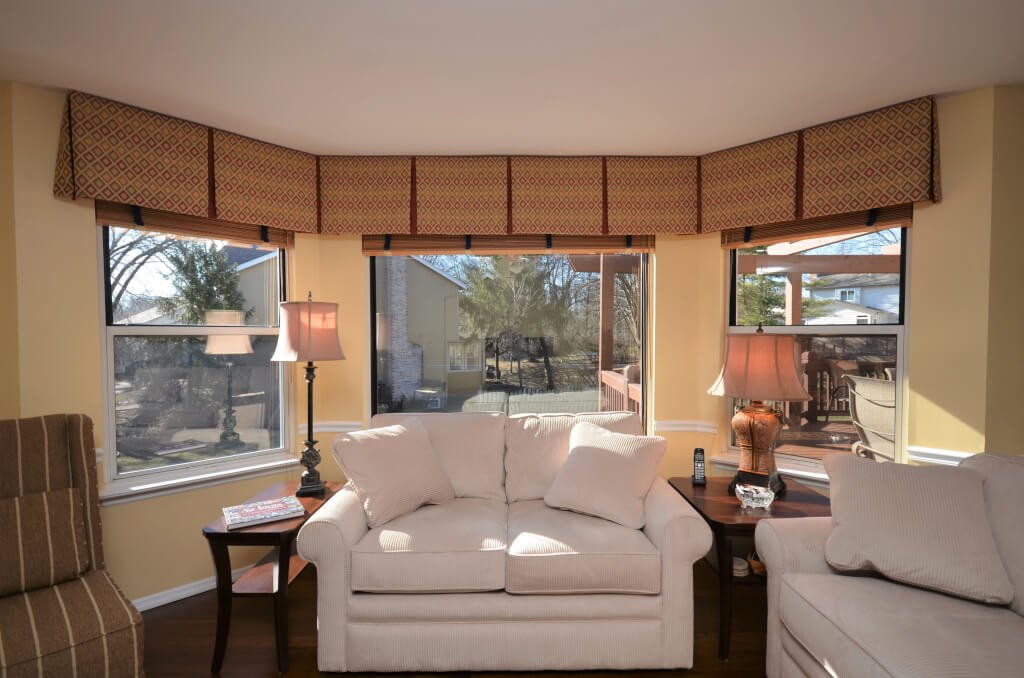NO OBLIGATION
Your Journey to a Beautiful Home Starts at Sunshine Drapery
Receive a complimentary professional in-home design consultation today!

No matter how beautiful a living room designing looks, if it collects clutter and is hard to navigate, it isn’t well-designed. Messy rooms with no flow, form or clear purpose can reduce the amount of time you spend in them -- and that’s a shame and a waste of space. By working on the design of your living room, you can actually create a space that’s visually appealing, functional and easy to maintain. What more could you ask for from a lounge, den or family room?
)
Receive a complimentary professional in-home design consultation today!